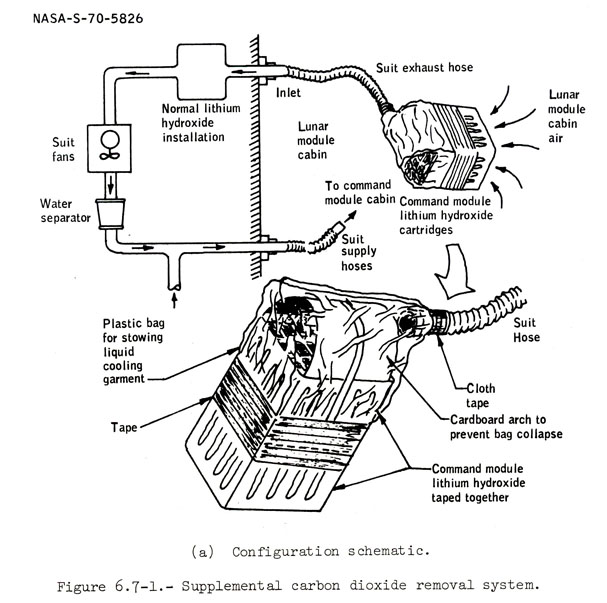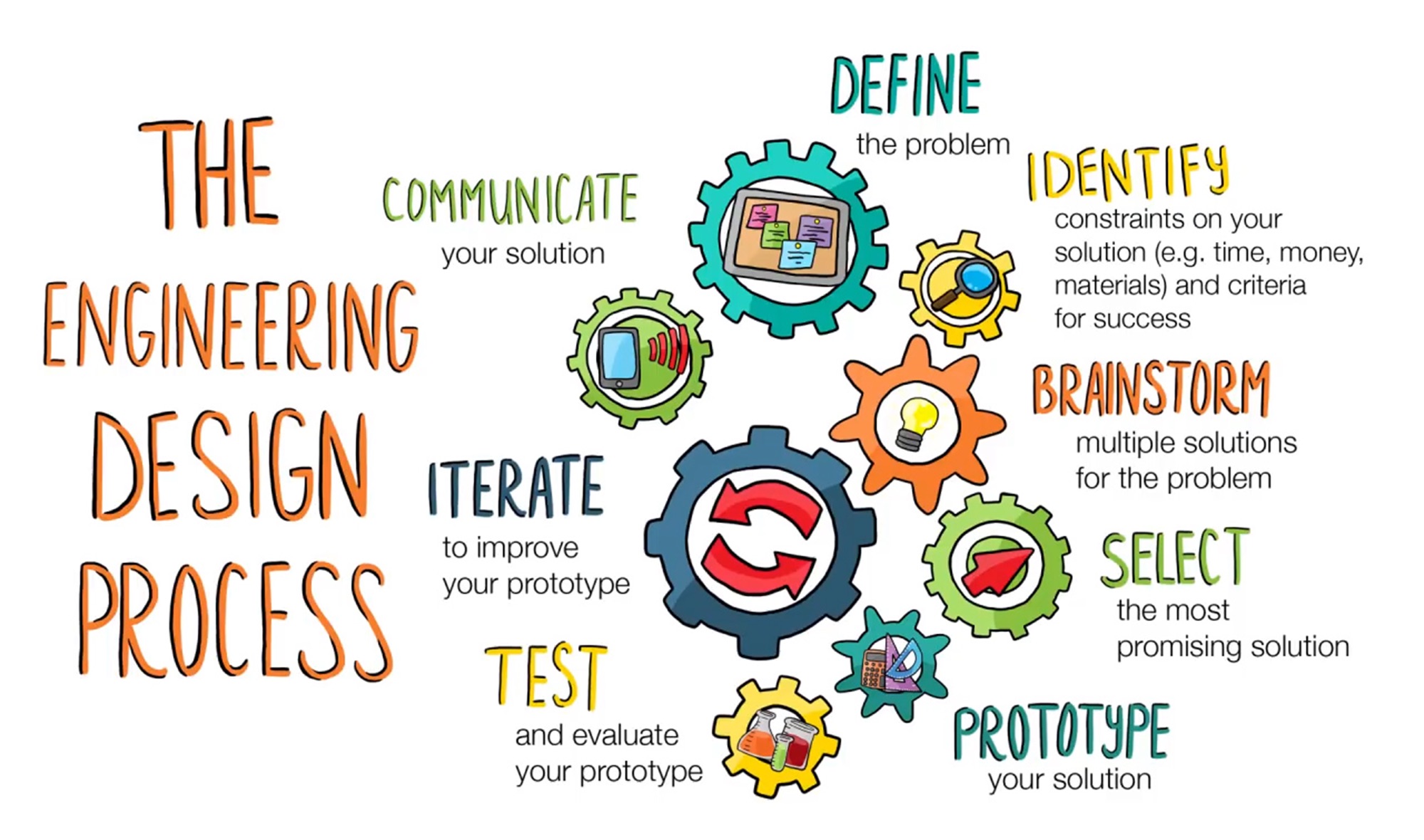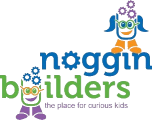What makes a failure a success? The Apollo 13 mission was classified as a “successful failure” by NASA due to the experience gained during the mission. When Thomas Edison was asked about inventing the lightbulb, he said, “I haven’t failed. I’ve just found 10,000 ways that won’t work.”

Apollo 13 air filter modifications that saved the crews’ lives. (Image credit: NASA)
When a trial doesn’t work in the engineering design process, it is an expected part of the design process. Reflecting and redesigning is built into this process, understanding that each time something does not work as planned we can learn from that failure and make improvements.

Engineering Design Process (Image credit: National Geographic)
– What would you change next time?
– How could you do that differently?
– What might be all the ways we could make this work?
By learning to use failures rather than be afraid of them, your child will become more resilient and a better creative problem solver.
Fifty years ago today, 3 men were able to return home from a space mission due to creative problem solving. NASA placed great value on what was learned from the rescue. To mark the anniversary of the return landing of the Apollo 13 astronauts, I challenge you to consider your failures. How can you use these experiences to grow? A failure is only a failure if you don’t learn from it!

